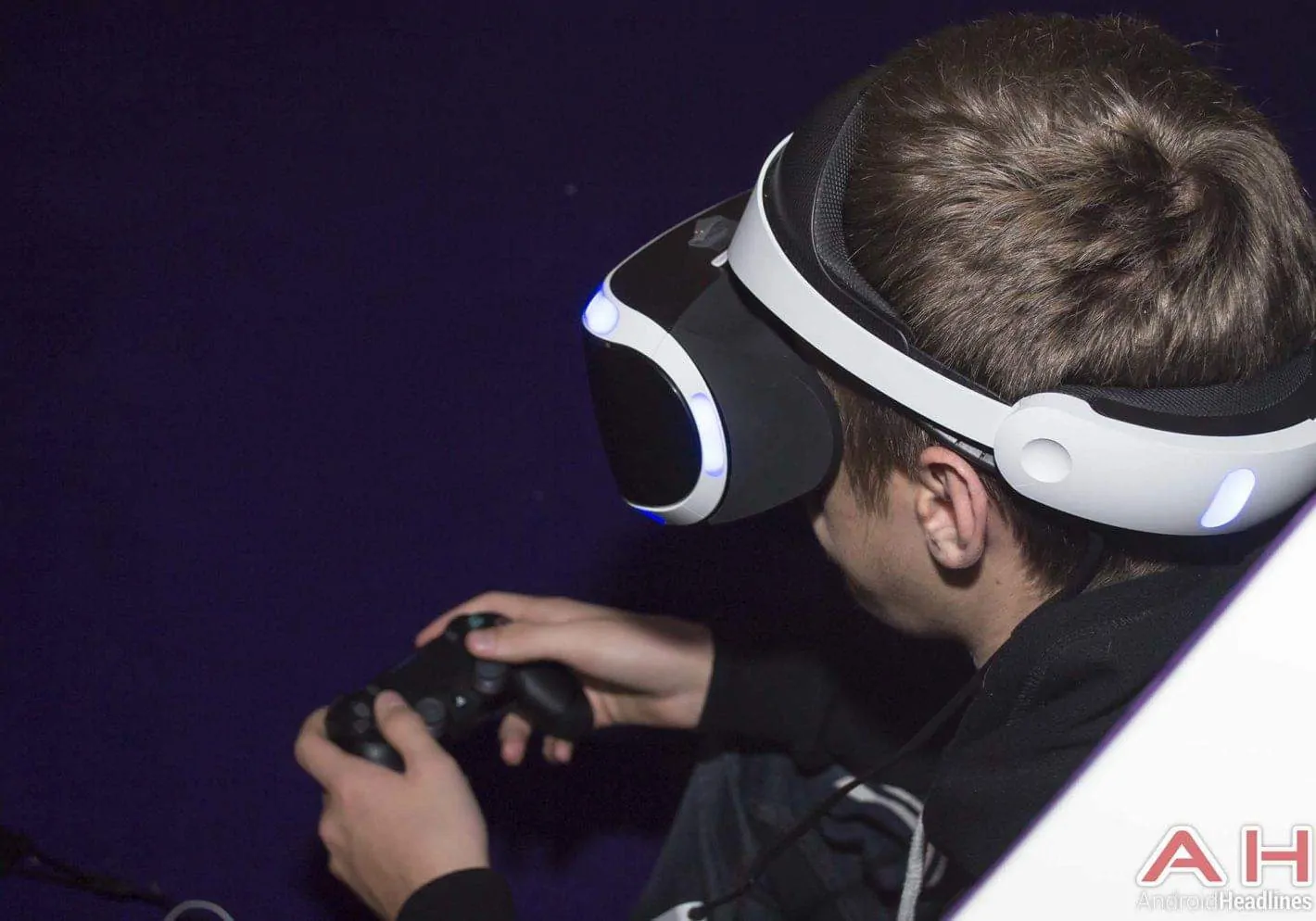The VirtualLink specification has been introduced, and it aims to reduce the amount of time spent in setting up virtual reality (VR) devices by decreasing the number of connections needed by a VR setup to just one USB Type-C cable. Like the DisplayPort, HDMI, and Thunderbolt specifications, VirtualLink works as an Alternate Mode of the USB Type-C standard. Each USB Type-C cable can deliver up to four High Bit Rate 3 (HBR3) DisplayPort lanes for the headset’s displays, a USB 3.1 Gen2 SuperSpeed data channel for cameras, controllers, and other sensors, and up to 27 watts of power, all at the same time.
Furthermore, VirtualLink should make virtual reality accessible to more consumers by allowing more devices like small form-factor computers and laptops to support VR devices. These thin and light computers were prevented from supporting VR headsets due to the device’s limited selection of ports. Moreover, given that the specification was designed specifically for virtual reality applications, the standard has been optimized by its developers so that it could offer sufficient bandwidth and reduced latency that the VR headsets require. The increased bandwidth is necessary to support the cameras used to track the person’s movements as well as the headset’s high-resolution displays
The VirtualLink specification is an open standard, which ensures interoperability between different VR headsets and hardware systems as well as the faster development of new virtual reality technologies. The specification is developed by a consortium of headset manufacturers, software developers, and GPU manufacturers, which include NVIDIA, AMD, Microsoft, Oculus, and Valve. However, it is interesting to note that HTC, which manufactures the Vive headsets, is missing from the list of promoters of the VirtualLink specification. Nonetheless, the Taiwanese tech firm is already working with Intel to incorporate the WiGig, a WiFi-based communications standard that takes advantage of minimally utilized spectra to deliver high transfer speeds with significantly reduced latencies. Like the VirtualLink specification, this technology also simplifies a VR setup by reducing the number of wired connections needed by a VR headset. There is no clear word yet on when the consortium will release the first version of the VirtualLink specification, although interested developers and companies may already review the documents of the open standard.

